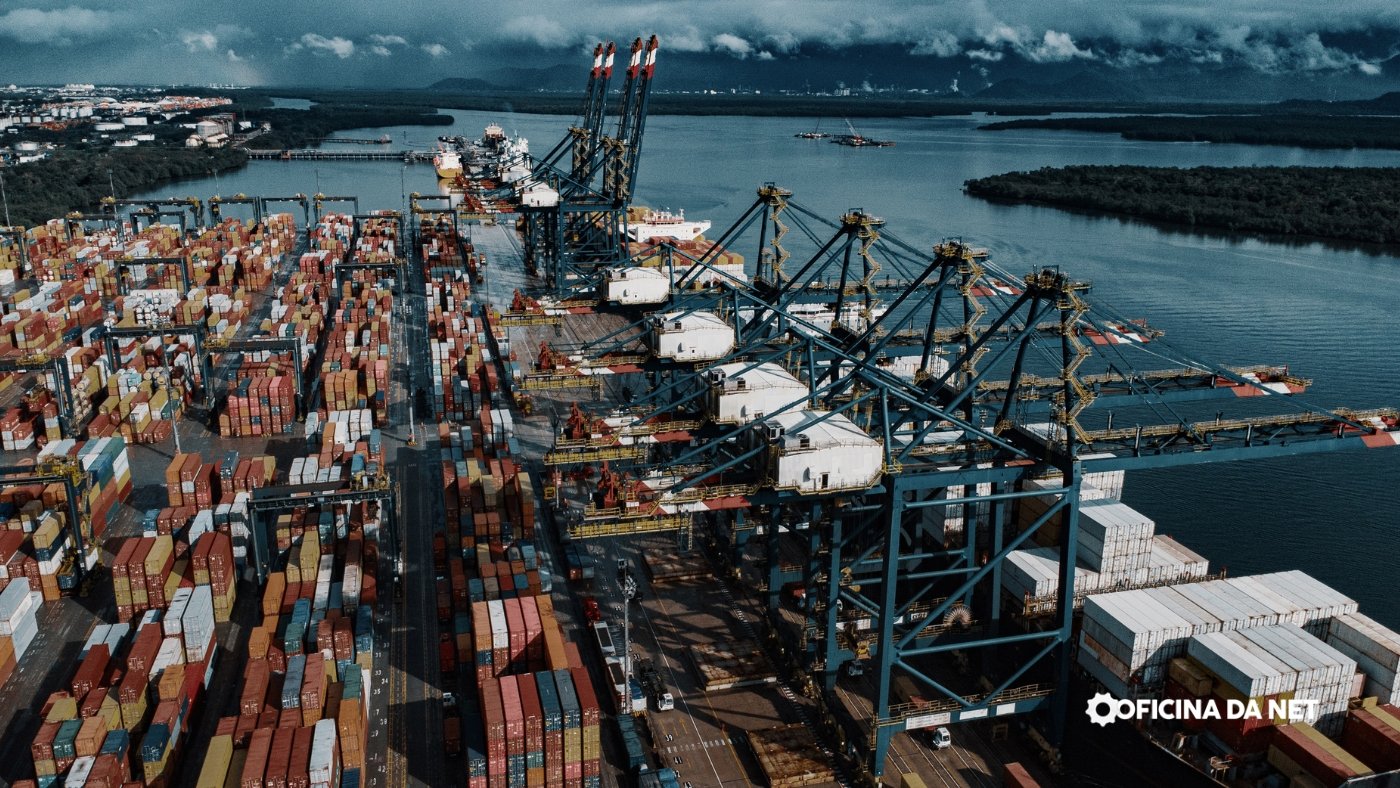The use of Industry 4.0 technologies and Digital Twins is becoming increasingly popular in Brazil as an effective way to enhance productivity in the turbine industry. Researcher Cristiane Pimentel from the IEEE is leading a project that demonstrates how this approach can boost plant efficiency by up to 35% without the need to halt production or make uninformed investments.
How does the Digital Twin operate?
Creating a virtual copy of a factory’s operations and running simulations before implementing changes is a key concept in Industry 4.0. This approach resembles testing updates in a saved game before proceeding in the main game.
The Digital Twin is essentially a virtual replica of a physical system that replicates all plant operations. In the Brazilian project, the stages include:
- Phase 1 involves virtually replicating the manufacturing environment and confirming its accuracy using real data.
- Phase 2 involves developing a “digital shadow” that links the live data from the plant with the virtual system.
- Integrate AI, machine learning, and big data in Phase 3 to produce predictions, identify irregularities, and propose automated modifications.
The average estimated productivity yield ranges from 30% to 35%, resulting in significant savings, reduced waste, lower maintenance, and increased efficiency in processes, as stated by the researcher.
The project’s unique aspect is its implementation in North and Northeast regions, demonstrating that advanced technology can be accessible and feasible beyond traditional industrial hubs.
The IEEE information
The IEEE is the biggest technical group globally that focuses on technology development, boasting more than half a million members in 190 nations. It is renowned for its expertise in electronics, computing, telecommunications, energy, and biomedical engineering.

